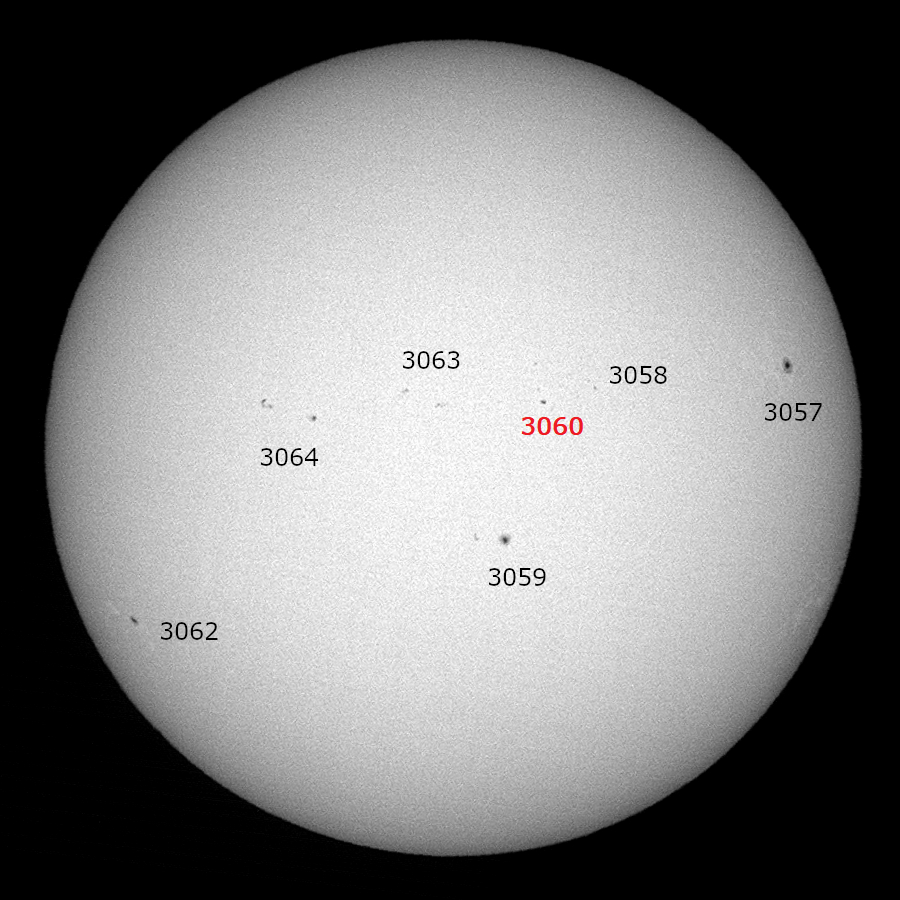Last week (11-15th July 2022), the CESAR Helios solar observatory was tracking a large filament on the surface of the Sun. In the slideshow below it can be seen moving due to the Sun’s rotation. The filament consists of hot plasma that is driven by strong magnetic fields and forms a loop in the Sun’s atmosphere. It appears as a dark arc because it is colder than the Sun’s surface behind it.
H-alpha images of the Sun, from 11.7.22 to 15.7.22 (CESAR Helios Observatory).
On Friday, July 15th, the filament finally erupted, as shown in these images by the Solar Dynamics Observatory (SDO). One of the instruments of the SDO, the Atmospheric Imaging Assembly (AIA), takes images of the Sun in 10 wavelengths every 10 seconds. Click on the image below to view a helioviewer video of the eruption in 211 nm wavelength, showing the Sun on 15.7.2022, from 12 pm to 15 pm.

Helioviewer image of the Sun in 211nm emission on 15/7/2022. Credit: JHelioviewer, Müller et al. 2017.
Additionally, a C5 class solar flare emerged from sunspot AR3060 (pictured below in red) at 01:00 UTC on July 21st (spaceweather.com). This Coronal Mass Ejection (CME) was then followed by a “tsunami”, a shockwave that travelled away from the site (watch a helioviewer video in 193nm wavelength of this event here).

Visible light image of the Sun, with the sunspots on the surface labled (CESAR Helios Observatory, 21/07/2022, 10:14 UTC).